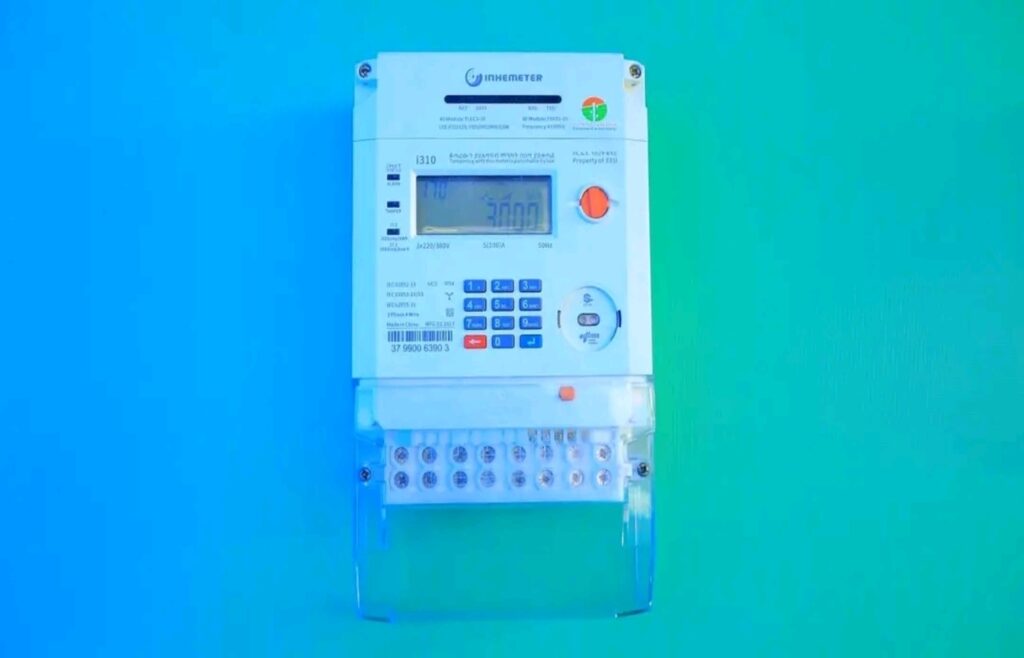Ethiopia’s Revised Electricity Tariff Schedule: What You Need to Know
The Ethiopian Electric Utility (EEU) has introduced a new electricity tariff structure that will be effective from October 11, 2025, to December 30, 2025. This initiative is part of Ethiopia’s comprehensive power sector reform aimed at improving sustainability and recovering costs.
New Tiered Tariffs for Residential Users
The revised tariffs for residential users are now tiered based on consumption:
- Low Consumption (Up to 50 kWh): Households will pay 0.7571 birr per kilowatt-hour.
- Moderate Use (50-500 kWh): Charges will vary between different tiers, with a starting monthly bill of 11.42 birr.
- High Consumption (Over 500 kWh): Customers in this category will see a significant charge of 5.0990 birr per kilowatt-hour, leading to monthly bills as high as 47.7 birr.
For prepaid customers, rates begin at 4.53 birr for low usage, climbing to 16.60 birr for higher consumption levels.
Industrial and Commercial Electricity Rates
Industrial and commercial electricity users will also experience increased rates:
- Low-Voltage Industries: Charged 3.0889 birr per kilowatt-hour.
- Medium-Voltage Users: Set at 2.4927 birr per kilowatt-hour.
- General Service Customers: A fixed rate of 5.0141 birr per kilowatt-hour applies.
Additionally, demand charges for industrial users are established at:
- 441.28 birr per kilowatt for low-voltage connections.
- 324.34 birr per kilowatt for medium-voltage connections.
Additional Charges
All customer bills will include supplementary charges:
- 15% Value-Added Tax (VAT)
- 0.5% Regulatory Fee
- 10 Birr Television License Levy
EEU categorizes its customers specifically into residential, general service, low-voltage industry, and medium-voltage industry segments to streamline the tariff application.
Context of the Tariff Revisions
These tariff adjustments are part of Ethiopia’s phased electricity reform program, initiated in 2024 to tackle long-standing issues of underpricing. The need for reform was underscored by rising infrastructure costs, prompting the government to adjust tariffs that had remained largely unchanged for several years. Importantly, subsidies for households consuming up to 200 kWh per month will continue, aiming to alleviate financial pressure on lower-income households.
The EEU has made impressive strides, serving over 5.2 million customers in the 2024/25 fiscal year. It achieved a collection efficiency of 96.7% and an electricity demand growth of 18.2%. Looking forward, the utility aims to connect 800,000 households in the upcoming 2025/26 fiscal year and expand access to 154 rural kebelles as part of its Grid Roadmap Initiative.
Conclusion
The revised electricity tariff schedule by EEU is a critical step toward creating a financially sustainable energy sector in Ethiopia. For further details on how these changes might affect your electricity bills, visit the Ethiopian Electric Utility website.
By keeping these adjustments in mind, both residential and industrial users can prepare for their forthcoming energy costs and engage in energy conservation practices.
